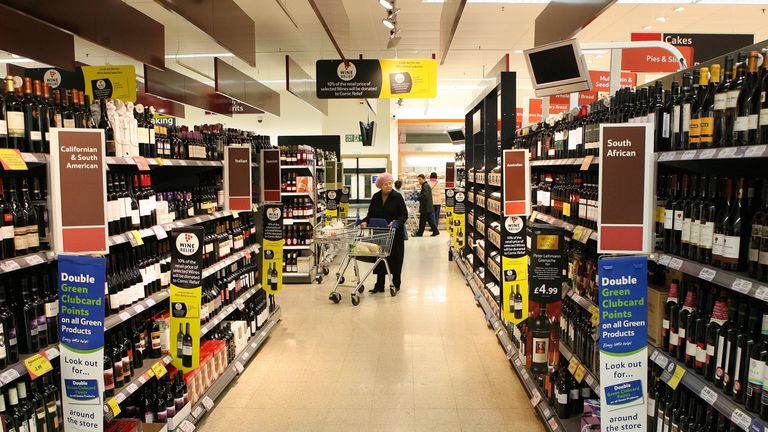In recent years, consumers may have noticed a subtle but significant change in their everyday purchases. That box of cereal seems a bit lighter, the bag of chips a tad smaller, yet the price remains unchanged. Welcome to the world of shrinkflation, a clever tactic employed by companies to navigate economic challenges while maintaining their profit margins. As this phenomenon gains traction, concerns arise over its implications for consumers and economies alike.
Understanding Shrinkflation: Shrinkflation, a portmanteau of “shrink” and “inflation,” refers to the practice of reducing the size or quantity of a product while keeping its price constant. This strategy allows companies to offset rising production costs, such as raw materials, labor, or transportation, without overtly increasing prices. While the changes may seem subtle individually, cumulatively they can have a significant impact on consumers’ purchasing power.
Forced Shrinking: As suppliers find themselves squeezed by mounting cost pressures, the temptation to resort to shrinkflation grows stronger. Whether it’s fluctuating commodity prices, supply chain disruptions, or regulatory changes, businesses often face a delicate balancing act to protect their bottom line. Forced into a corner, they opt for downsizing products rather than passing on cost increases directly to consumers, fearing backlash or loss of market share.
Global Trends and Regional Impact: While shrinkflation is a global phenomenon, its prevalence varies across regions. In countries like France and the UK, where consumer markets are highly competitive and sensitive to price changes, the temptation to engage in shrinkflation may be particularly strong. Economic uncertainty, compounded by factors like Brexit and geopolitical tensions, further exacerbates the situation, leading businesses to seek creative solutions to maintain profitability.
Consumer Dilemma: For consumers, shrinkflation presents a dilemma. On one hand, they may not immediately notice the subtle changes in product sizes or quantities. However, over time, the cumulative effect becomes apparent as they realize they’re paying the same price for less. This can erode trust in brands and lead to feelings of being shortchanged. Moreover, in an era of stagnant wages and rising living costs, every penny counts for consumers struggling to make ends meet.
Economic Implications: Beyond individual consumer grievances, shrinkflation can have broader economic implications. As consumers feel the pinch of paying more for less, it can contribute to a sense of inflationary pressure. This could potentially impact consumer confidence and spending patterns, influencing overall economic growth. Policymakers must monitor the situation closely to ensure that shrinkflation doesn’t exacerbate existing inflationary trends or undermine macroeconomic stability.
The rise of shrinkflation underscores the complex interplay between businesses, consumers, and economic forces. While companies may view it as a necessary tactic to navigate turbulent times, consumers are left grappling with the reality of diminishing purchasing power. As this phenomenon continues to evolve, transparency and consumer awareness will be key in navigating the delicate balance between profitability and consumer trust. Ultimately, finding sustainable solutions that benefit both businesses and consumers alike will be essential in shaping the future of commerce in an increasingly challenging economic landscape.



